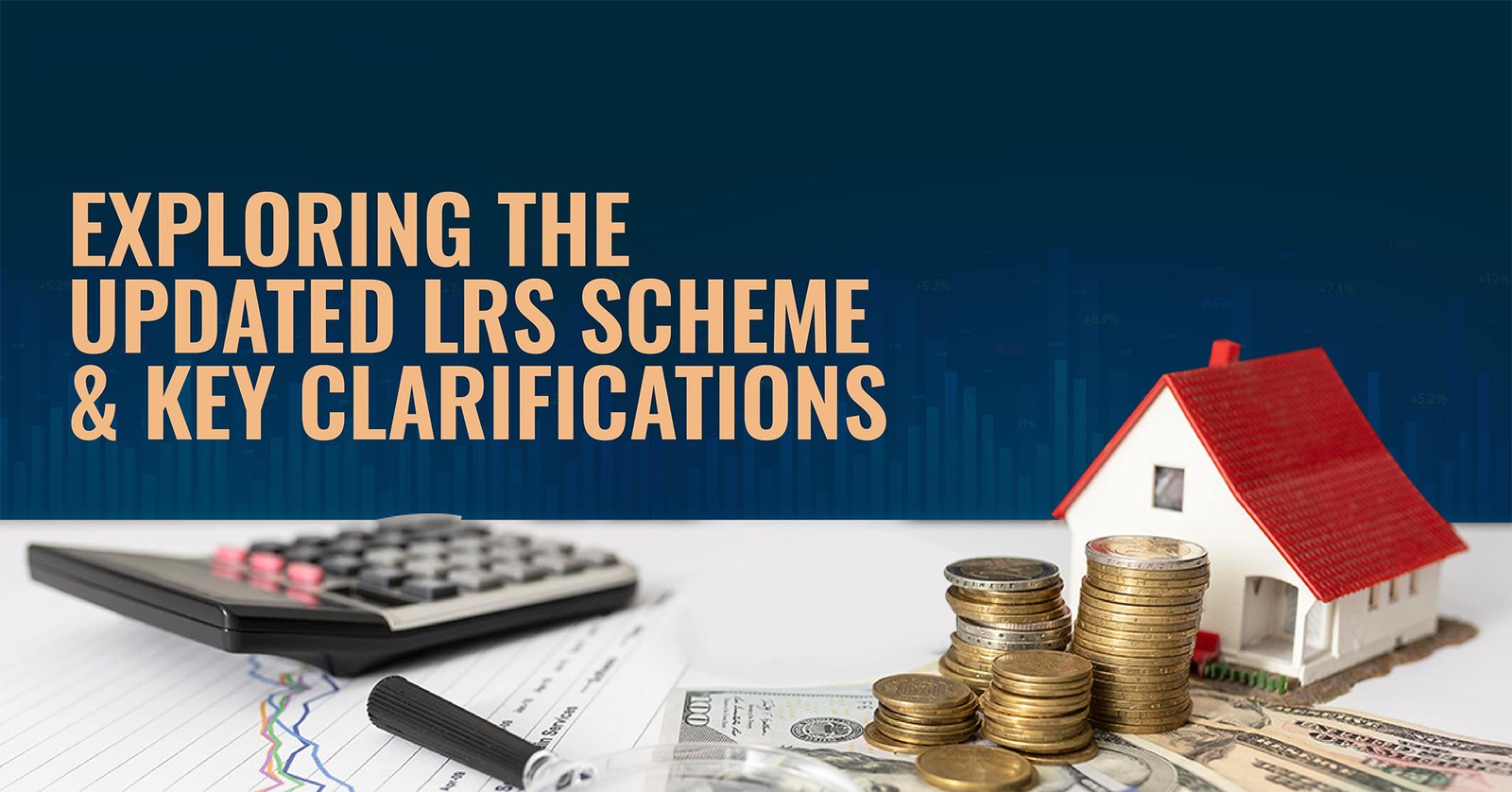In a move to bolster the financial independence of Indian residents, the Liberalized Remittance Scheme (LRS) has undergone significant changes and received much-needed clarification.
The LRS, launched by the Reserve Bank of India, allows individuals to transfer money abroad for travel, education, and investments.
The recent amendments aim to streamline and enhance the scope of the scheme, providing greater flexibility and convenience to individuals seeking to expand their financial horizons beyond national borders.
This article delves into the revised LRS scheme and highlights the key updates and clarifications that can empower Indian residents to explore global opportunities.
How and Why Credit Card Come under LRS
Credit cards are subject to the Liberalized Remittance Scheme due to the nature of their usage and associated financial transactions. LRS is a regulatory framework established by the Reserve Bank of India (RBI) that governs the movement of funds outside of India.
Since credit cards enable individuals to make international transactions and potentially transfer funds abroad, they fall within the purview of LRS regulations. By including credit cards under LRS, the RBI aims to monitor and regulate cross-border financial flows to ensure compliance with foreign exchange management laws and maintain economic stability.
Changes in the Taxation of Outbound Remittances
The Hon’ble Finance Minister has in the recent finance budget has amended the applicable rate of Tax Collection at Source (TCS) on transactions covered under the liberalized Remittance Scheme (LRS) foreign remittances.
The changes announced in the budget 2023 are applicable from July 01, 2023, I.e. the tax rate on foreign remittances will surge from 5% to 20% of the transaction amount. This increase aims to specifically target affluent individuals who have been known to evade taxes, thereby promoting a more equitable tax system.
Although exceptions exist for educational and medical expenses, the new tax rate will apply to funds exceeding INR 700,000 per financial year, including those intended for vacations, investments, and gifts.




